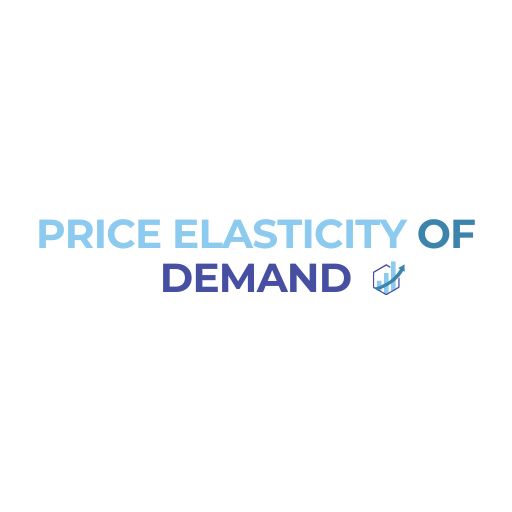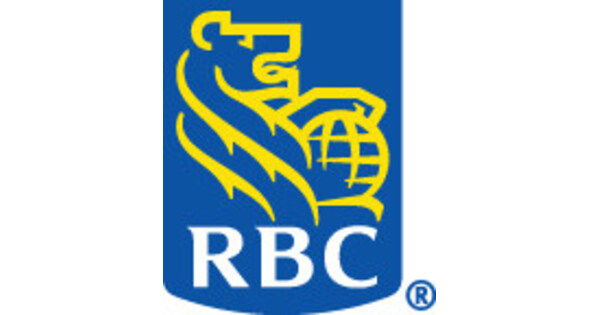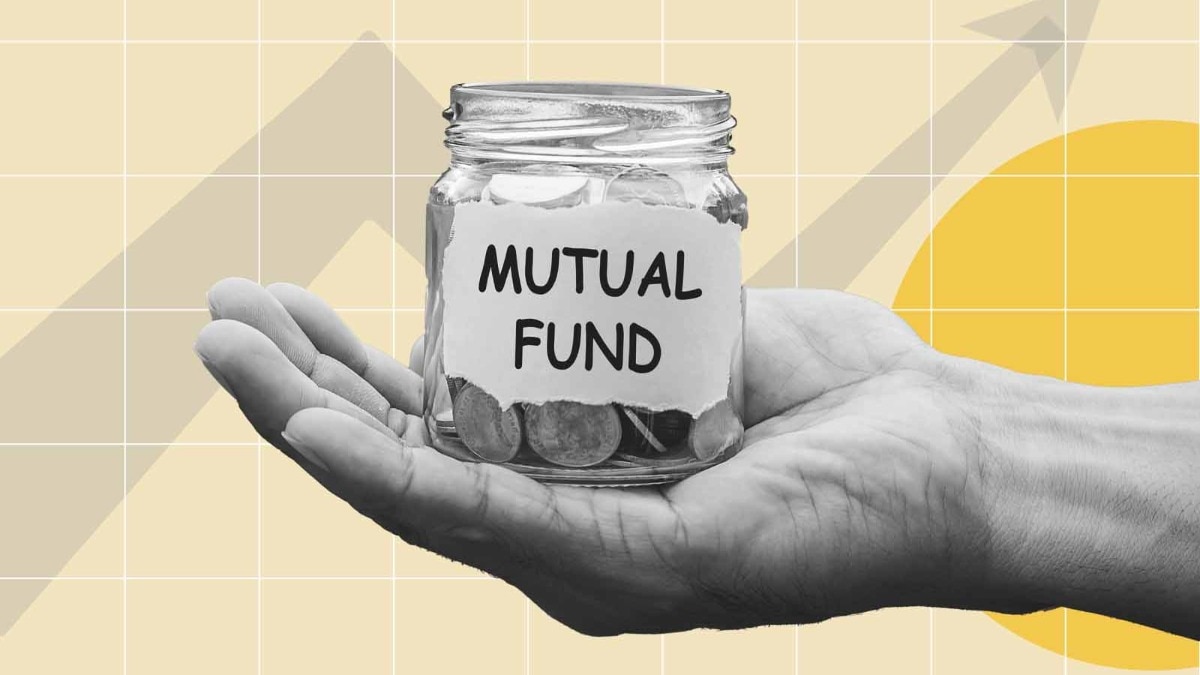Despite their unique packaging, active management and cultish following, closed-end funds (CEFs) are still comprised of stocks and bonds like their open-end relatives.
They also had a pretty good year in 2024, and according to wealth managers specializing in them, CEFs are shaping up for a similarly solid 2025.
“CEF investors had much to cheer in 2024 as strong net asset value (NAV) performance in both bond and equity funds, coupled with the tailwind of discount narrowing led to exceptional performance,” said Rob Shaker, chief investment strategist at Shaker Financial Services.
“Bond funds were able to post significant gains throughout the year with overall discounts, as we measure them, narrowing over four discount points for the year on average. Equity funds also narrowed to begin the year before settling in and trading in an extremely tight range for the second half of the year, providing investors with a great environment for opportunistic trading,” he added.
CEFs are listed on securities exchanges, are actively managed, and trade intraday on the open market. They typically trade in relation to, but independent of, their underlying NAVs. That means that unlike open-end mutual funds, shares of closed-end funds can trade at premiums or discounts to their underlying NAVs, a feature that many investors find attractive.
Moving into 2025, Shaker believes there is every reason for CEF investors to remain cautiously optimistic. On the NAV front, he says bond funds will still be able to capitalize on the current higher returns stemming from the elevation of rates across the board over the past few years. And despite the strong performance last year, he believes there is still room “for more narrowing in both bond and equity funds based upon longer term historical analysis.”
Similarly, John Cole Scott, president of Closed-End Fund Advisors, was pleased with the performance of CEFs last year, and is looking for another positive year. He is particularly positive about business development companies (BDC), which had a fantastic 2023, but failed to return much more than their dividends in 2024.
A BDC is a type of CEF that invests in private companies, often those that are small or financially distressed. In 2024, the S&P BDC Index total return was 16.61 percent.
“We don’t think there will be large dividend increases that will more likely come in special dividends, but we do see about a 120 percent dividend cushion,” Scott said. “And we feel that unless we’re somehow overly surprised by the downside of rates, that we’re very well positioned for those funds to do well for income investors in 2025.”
As for municipal bond CEFs, another popular CEF subsector, Scott is also bullish on the year ahead, due to the historic longer durations in portfolios and current wide discounts.
“The strategists we talk to tell us that there is less formation of new muni bonds, which is a good tailwind to current market. And we feel like the closed-end fund wrapper, unless we get surprised by interest rates going significantly higher, would be powerful for those funds,” Scott said.
The so-called “January effect” that typically boosts CEFs at the start of a new year will be more forceful for municipal bond CEFs in 2025, he said. The January effect in CEF world typically refers to tax-selling pressure in December that temporarily depresses prices leading to a rebound in January.
“We are starting to see the footing for a muted January effect for the total universe of closed-end funds,” he said. “However, we think it will be outsized for muni funds, which had a tougher end of 2024.”











Leave a Reply